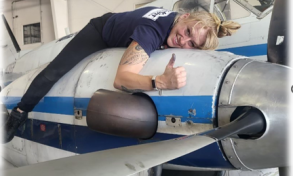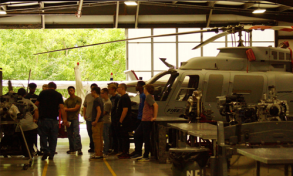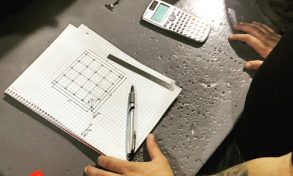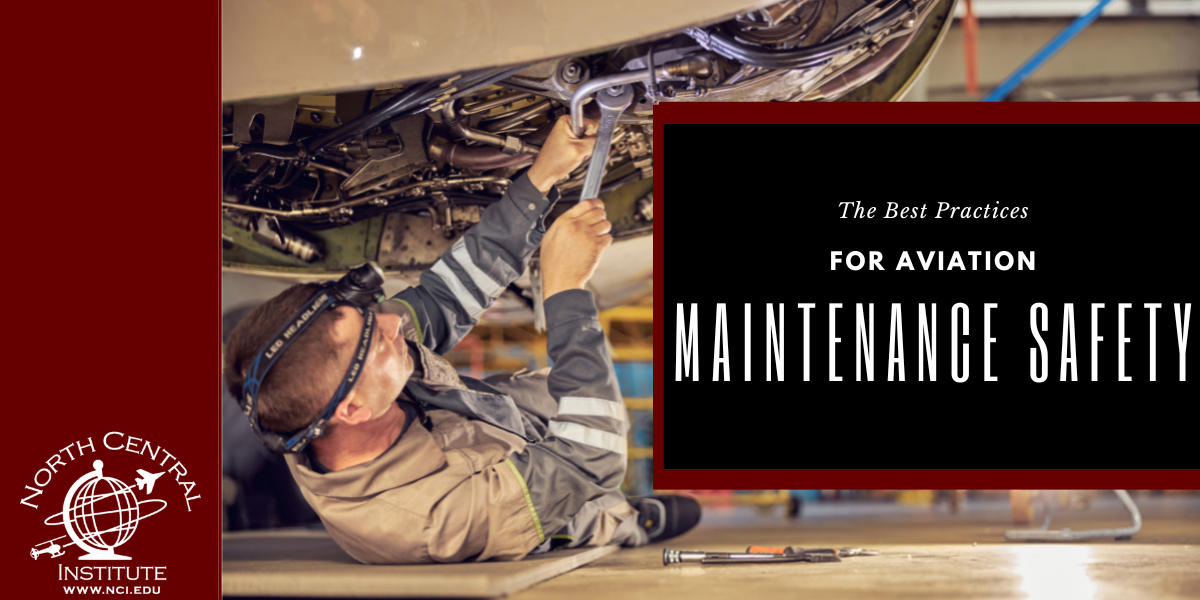Aircraft are some of the largest and most complex pieces of machinery that humans use every day. From traveling for pleasure to transporting goods all over the world, we could not survive without them. However, to make sure they are running properly, we need aviation maintenance technicians. AMTs are the ones keeping us safe in the skies, but how is their safety ensured? Here are some of the best practices for aviation maintenance safety.
Effectively Manage Stress
Whether it’s personal or work life, things can get stressful as an AMT. They often have irregular work hours. This can mean not only a lack of sleep but also long, strenuous work. Any distraction, from stress to exhaustion, can lead to dangerous situations for not only the technicians but for anyone aboard the plane afterwards. Although it is expected technicians will sometimes work under stressful conditions, their personal limits should not be broken. It may be difficult to follow safety procedures and the correct use of tools when under too much stress.
Understand Workplace Safety Signs
There are certain colors that OSHA provides for color coding workplace warning signage. This color coding system is designed to keep employees safe while they go about their work in any part of an airport environment.
- Red: Danger: Typically reserved for signs that indicate an immediate danger.
- Yellow: Caution: Marks potentially hazardous areas. Should be taken as a reminder to wear PPE (personal protective equipment).
- Red-Orange: Bio-Hazard: Hazardous materials, wastes, fumes are present that pose a risk of sickness, death, or injury.
- Green: Safety Instructions: Mark items that can help with accidents. For example: emergency shower, first-aid kits, and cleaning supplies
Have Open Team Communication
Communication with your team members is important no matter what field you work in. Unfortunately, accidents can happen anywhere at any time. To help lessen this, open communication with your team members can go a long way. Having regular safety meetings can ensure that not only the work environment, but also the tools being used remain safe and up to date.
Use the Correct Tools
Out of all aviation jobs, the maintenance technicians have the most extensive toolkit. This toolkit includes unique tools for all the systems they must perform maintenance on. If the correct tools are not used, or if the ones that are used are out of date, this puts not only the AMT’s life at risk but also the lives of those who will be flying on the plane afterwards. For this reason, AMTs should make sure that their tools are not only in good shape but are the correct tools for the job.
Wear the Proper Protection
Because of the Covid-19 Pandemic, we’ve heard a lot about PPE. Personal protective equipment is essential to not only doctors and nurses but to aircraft maintenance technicians. However, PPE looks a little different to AMTs.
- Hard hats: Protect AMTs from head collisions and falling parts
- Face and eye coverings: Protect from flyaway particles
- Coveralls and gloves: Protect the body from hazardous chemicals
- Protective footwear: Steel-toe boots can protect from myriad of dropped objects and their non-slip bottoms can prevent falls
- Fume extractors: Absorb the fume put out by soldering and can help to prevent long-term health risks
- Respirators: When worn during tasks that create fumes or small particles, can prevent them from being inhaled and causing lung problems
Contact us today
Contact NCI today if you’re interested in getting your career off the ground as an AMT! Our specialized programs and years of know-how can set you on the path to success.










